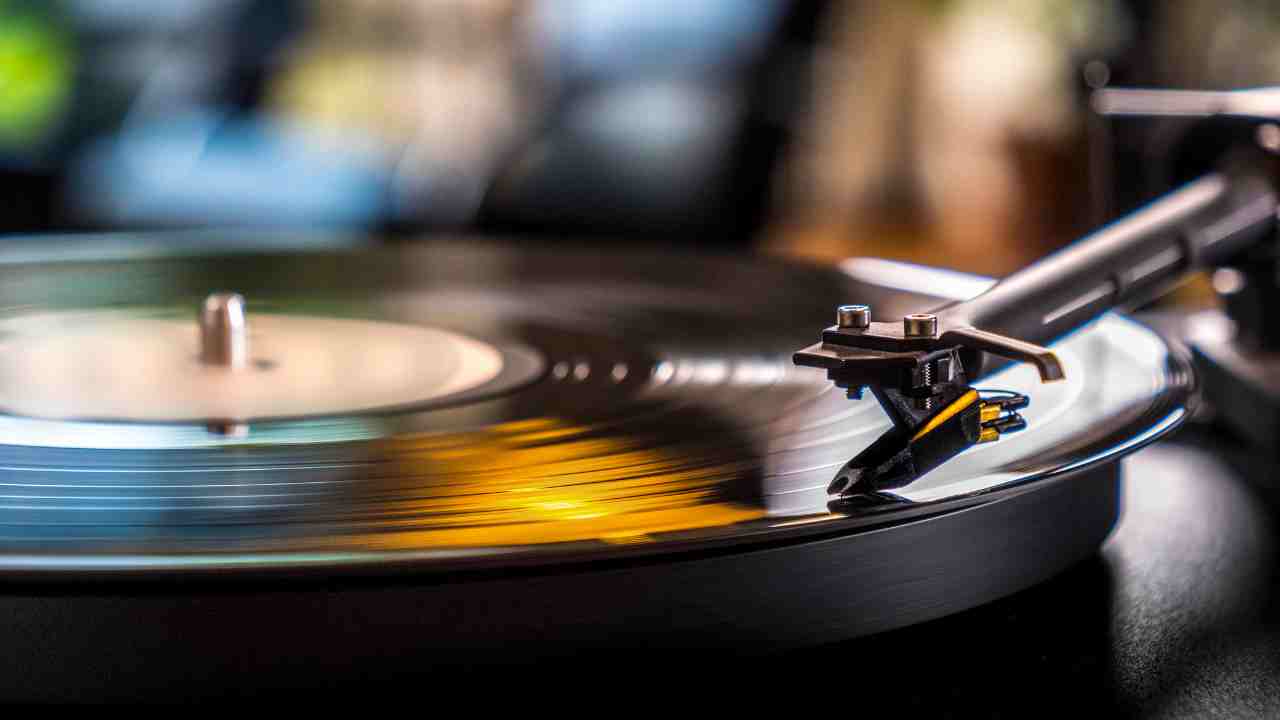- 1. Introduction
- 2. Overview of Turntables
- 3. Types of Turntables
- 4. Components of a Turntable
- 5. Turntable Drives
- 6. Turntable Motors
- 7. Turntable Tonearms
- 8. Turntable Cartridges
- 9. Turntable Accessories
- 10. Selecting the Right Turntable
- 11. Turntable Maintenance
- 12. Adjusting a Turntable for Optimal Performance
- 13. Tonearm Height and Weight
- 14. Tracking Force
- 15. Anti-skating Force
- 16. Cartridge Alignment
- 17. Conclusion
Introduction
Turntables have been a staple of the music industry since they were invented in the late 19th century. Though they have seen their popularity ebb and flow over the years, they remain a vital technology that is still used in professional recording studios and by music enthusiasts around the world. In this article, we will examine the fundamentals of turntables, discuss the different types of turntables available, discuss the components of a turntable, and provide tips for selecting the right turntable for your needs.
Overview of Turntables
A turntable is a device used to convert sound from a vinyl record into an electrical signal that can be amplified and played back through a speaker system. It consists of a platter, a tonearm, and a cartridge, which rests on the record’s grooves. The cartridge picks up the vibrations from the record’s grooves and converts them into an electrical signal. The electrical signal is then sent to an amplifier and speakers, where it is amplified and played back as sound.
Types of Turntables
Turntables come in a variety of styles and price points. They can be manual or automatic and can be made of plastic, wood, or metal. Most of the turntables are made of MDF nowadays. Manual turntables require the user to manually move the tonearm across the record. Automatic turntables feature a motor that moves the tonearm across the record automatically. Turntables can also feature a variety of features, such as variable speed controls, USB ports, and built-in preamps.
Components of a Turntable
The components of a turntable include the platter, tonearm, cartridge, and other accessories. The platter is the flat surface on which the record is placed. The tonearm holds the cartridge and is moved across the record by the user or an automatic motor. The cartridge is the part of the turntable that picks up the vibrations from the record’s grooves and converts them into an electrical signal. Additional accessories may include a dust cover, slipmat, and preamp.
Turntable Drives
Turntables are driven either manually or automatically. Manual turntables require the user to manually move the tonearm across the record. Automatic turntables feature a motor that moves the tonearm across the record at a consistent speed.
Turntable Motors
The motor is the part of the turntable that powers the tonearm. Motors come in a variety of types, such as direct-drive, belt-drive, and servo-drive. Direct-drive turntables feature a motor that is directly connected to the platter, providing precise control over the speed of the platter. Belt-drive turntables feature a belt that connects the motor to the platter, providing more stability and less noise. Servo-driven turntables feature a servo-controlled motor that is used to adjust the speed of the platter to ensure the highest sound quality.
Turntable Tonearms
The tonearm is the part of the turntable that holds the cartridge and is moved across the record by the user or an automatic motor. Tonearms come in a variety of shapes, sizes, and materials. They can be straight or curved and may feature a variety of features such as adjustable tracking force and anti-skate.
Turntable Cartridges
The cartridge is the part of the turntable that picks up the vibrations from the record’s grooves and converts them into an electrical signal. Cartridges come in a variety of styles, such as moving magnets, moving coils, and piezoelectric. The type of cartridge that is best for your needs will depend on the type of music you are playing and the quality of sound you are seeking.
Turntable Accessories
Along with the platter, tonearm, and cartridge, there are a variety of accessories that can be used to enhance the performance of your turntable. These include slipmats, dust covers, preamps, and phono preamps. Each of these accessories has its own unique benefits and can be used to customize the sound of your turntable.
Selecting the Right Turntable
When selecting a turntable, it is important to consider the type of music you are playing, the quality of sound you are seeking, and your budget. It is also important to consider the type of drive, motor, tonearm, and cartridge that will best suit your needs.
Turntable Maintenance
Regular maintenance of your turntable is essential to ensure that it performs optimally. Cleaning and lubricating the platter and tonearm, replacing worn parts, and calibrating the cartridge are all important steps that should be taken to ensure the best sound quality.
Adjusting a Turntable for Optimal Performance
For many music lovers, the sound of a record playing on a turntable is a unique joy. But to get the most out of your turntable, you need to make sure it is properly adjusted. Turntables require a variety of adjustments for optimal performance, but the most important ones are tonearm height, weight, tracking force; anti-skating force; and cartridge alignment. If these are set correctly, your turntable should provide you with many years of enjoyable listening.
Tonearm Height and Weight
The tonearm is the arm that holds the needle and cartridge in place. To adjust the height and weight of the tonearm, you’ll need to find the counterweight at the back of the tonearm. This is usually a small disc with a dial on it. Once you’ve located the counterweight, you can adjust the tonearm height and weight. The height should be set so that the tonearm is level with the record when it is playing. The weight should be adjusted until the tonearm just rests in the groove of the record, without any pressure.
Tracking Force
Tracking force is the amount of pressure that the needle exerts on the record. Too much pressure will cause the needle to skip, and too little pressure will cause it to miss out on the music. To adjust the tracking force, you will need to find the tracking force adjustment dial on the counterweight. This dial will be marked with a “+” and a “-”. You should adjust the dial until the tonearm is balanced and the needle is not putting too much pressure on the record.
Anti-skating Force
Anti-skating force is the amount of pressure the tonearm exerts on the record in the opposite direction to the needle. This helps to keep the needle tracking the record accurately. To adjust the anti-skating force, you will need to find the anti-skating adjustment dial on the counterweight. This dial will be marked with a “+” and a “-”. You should adjust the dial until the tonearm is balanced and the needle is not putting too much pressure on the record.
Cartridge Alignment
The cartridge is the part of the turntable which holds the needle. To ensure that the needle is tracking accurately, you will need to adjust the cartridge alignment. This requires a special cartridge alignment tool. Once you have the tool, you will need to adjust the cartridge alignment so that the needle is tracking the record accurately.
Adjusting a turntable is not an overly difficult task, but it is important that you take your time and do it correctly. If you have done it correctly, you should be rewarded with many years of enjoyable listening.
Conclusion
Turntables have been around for over a century and remain a vital part of the music industry. In this article, we have discussed the fundamentals of turntables, the different types of turntables available, the components of a turntable, and tips for selecting the right turntable for your needs. With the right information and a little maintenance, you can ensure that your turntable will provide years of enjoyment.







